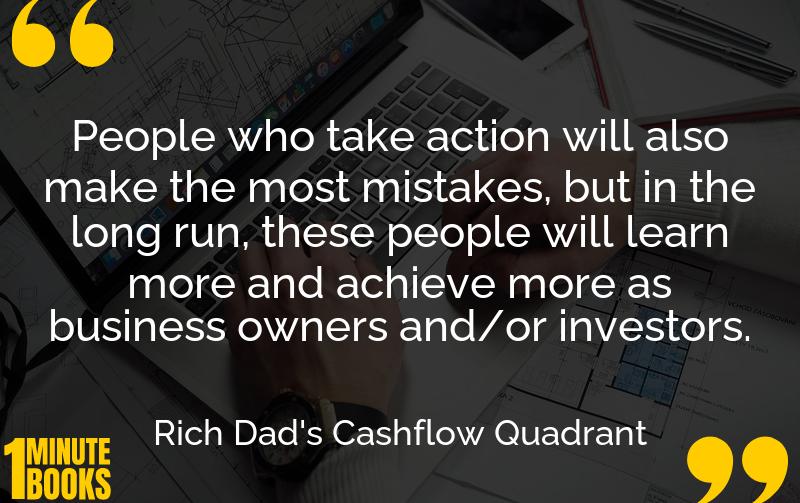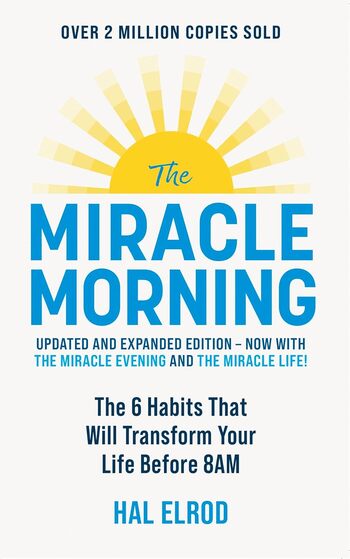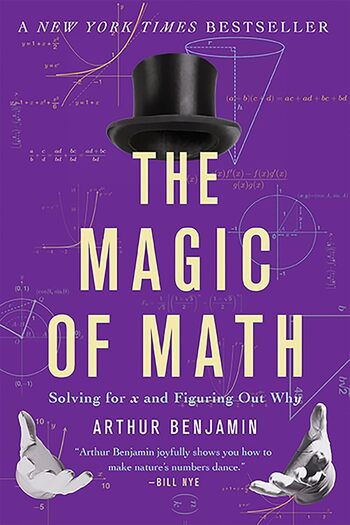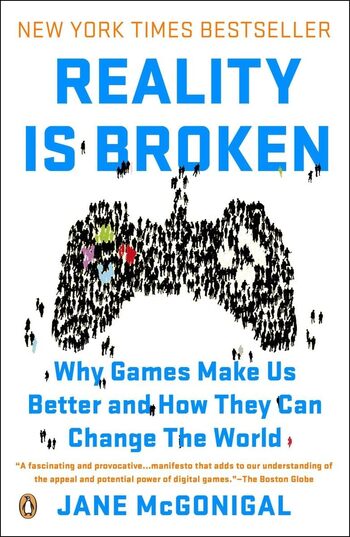
Rich Dad’s Cashflow Quadrant, by Robert Kiyosaki, explores four paths to financial success: employee, self-employed, business owner, and investor. The book emphasizes leveraging other people’s time and money for achieving financial freedom.
Main Lessons
- There are four financial paths: Employee, Small Business Owner, Big Business Owner, and Investor.
- The Employee seeks security and climbs the corporate ladder for financial gain.
- The Small Business Owner prizes control, earning through specialized skills in their own business.
- Big Business Owners and Investors aim for financial freedom through OPT (Other People’s Time) and OPM (Other People’s Money).
- To thrive in the B and I quadrants, embracing risks and learning from mistakes is key.
- The educational system rewards avoiding mistakes, contrary to the learn-by-action approach of successful investors and business owners.
- Progressing from employee to business owner or investor requires breaking psychological and societal norms.
- Investors have five levels ranging from zero-financial intelligence to capitalist investor.
- Level 5 investors integrate B quadrant principles in investing, using advisors and strategic partnerships.
- Effective investment combines personal money management with business concepts.
- Financial independence is quickest achievable through the B and I quadrants.
- OPT and OPM are pillars for creating business systems and maximizing investment returns.
- Adaptability, continuous learning, and associating with successful individuals are pivotal for transitioning quadrants.








